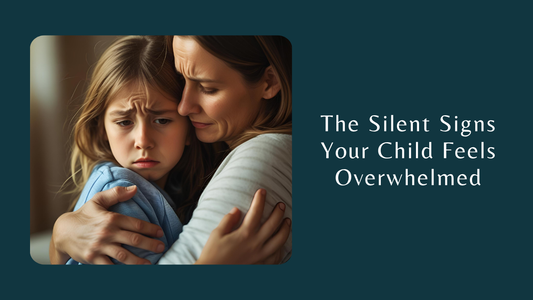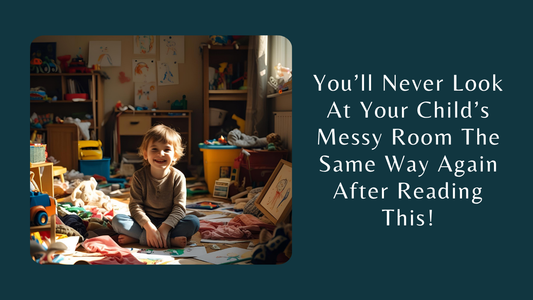A few years ago, I found myself struggling to help my child navigate their big emotions. Whether it was a meltdown over something, small or anxiety about school, I felt helpless at times. I tried everything – distractions, reasoning, even time-outs – but nothing seemed to work consistently. That’s when I discovered the power of breathing exercises.
I had heard about mindful breathing before, but like many parents, I underestimated its effectiveness. It wasn’t until I saw the immediate impact on my own child that I realized how underutilized these techniques are. Despite being well-known and backed by science, they aren’t something most parents actively teach their children. But they should.
Why Breathing Exercises Matter
I remember the first time I introduced breathing exercises to my child. They were overwhelmed with frustration, on the verge of a full-blown tantrum. Instead of trying to talk them down, I asked them to take a deep breath with me. I showed them how to inhale deeply through their nose and exhale slowly through their mouth. To my surprise, it worked almost instantly. The tension in their little body eased, and they were able to talk about what was bothering them.
Breathing exercises activate the parasympathetic nervous system, calming the body and reducing stress. They help children shift their focus away from distressing thoughts and connect with the present moment. Yet, despite how effective and simple they are, many parents and caregivers overlook them.
The Breathing Exercises That Changed Everything
These are the techniques that worked best for my child and could work for yours too:
Balloon Belly Breathing
Best for: Easing anxiety and improving focus

- I taught my child to place one hand on their belly and the other on their chest.
- They would inhale deeply through their nose, imagining their belly filling up like a balloon.
- Slowly, they exhaled through their mouth, deflating the ‘balloon’.
- Just a few rounds of this made a visible difference in their mood.
Five-Finger Breathing
Best for: Calming down during overwhelming moments

- When my child felt out of control, I asked them to stretch out one hand like a star.
- Using the other hand, they tracked up and down each finger while breathing in and out.
- This gave them something physical to focus on, helping them regain control.
Bumblebee Breath
Best for: relaxation and frustration release

- I encouraged my child to inhale deeply through their nose.
- As they exhaled, they hummed like a buzzing bee.
- The gentle vibrations from the humming were incredibly soothing for them.
Smell the Flower, Blow Out the Candle
Best for: Quick emotional resets

- I told my child to pretend they were holding a flower in one hand and a candle in the other.
- They inhaled deeply through the nose as if smelling the flower.
- Then, they exhaled slowly through the mouth as if blowing out the candle.
- This become our go-to technique in moments of frustration.
Rainbow Breathing
Best for: Encouraging mindfulness and positivity

- My child imagined drawing a rainbow in the air with their breath.
- Each inhale created an arch, and each exhale completed it.
- This helped them stay engaged while practicing deep breathing.
Why Aren’t More People Using These Techniques?
What surprises me most is that breathing exercises have been around for ages, yet they are still not widely used by parents and educators. In a world where children are facing increasing stress and anxiety, something as simple as mindful breathing should be a part of every child’s emotional toolkit. But unfortunately, many people dismiss it as ‘too basic’ or don’t realise its potential.
Making It a Daily Habit
Once I saw how well these techniques worked, I made sure to integrate them into my child’s daily routine. Now, we use them:
- Before bedtime to promote restful sleep.
- In the morning to start the day with calmness.
- Before a big test or event to ease nerves.
- Whenever emotions feel overwhelming.
I wish I had known about these techniques sooner, and I wish more parents knew how powerful they are. Teaching kids to breathe properly is one of the simplest yet most effective tools for emotional regulation. If you haven’t tried these exercises with your child yet, I highly encourage you to do so – you might be surprised by how much of a difference they can make.




